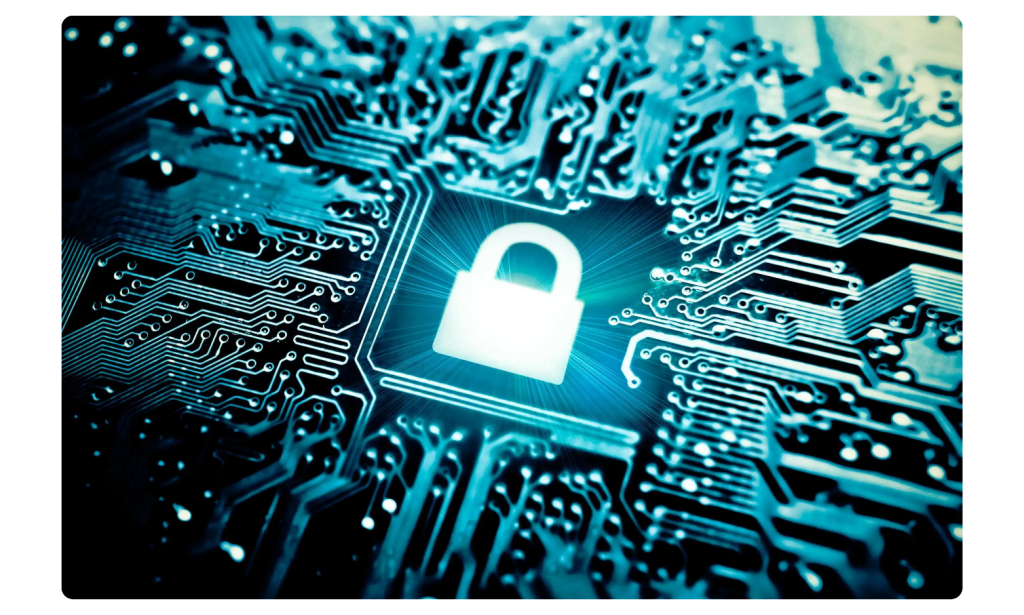Protect your organization against ransomware attack with Synology
As ransomware attacks cost organizations more than $1 billion in 2023 alone, more than double the previous year,¹ data protection plans with fast restoration options are crucial for mitigating the impact of ransomware and other forms of cybercrime.
Backups: the last line of defense when disaster strikes
When data is lost following malicious deletion or modification, backups allow you to restore mission-critical data and avoid costly downtime. Leverage Synology’s data protection solutions to design a backup strategy for your entire IT infrastructure.

Complete protection
Safeguard endpoints as well as server backups to create multiple safety nets for your data.

Fast recovery
Reduce downtime to a minimum when disaster strikes with instant recovery options.

Immutable storage
Prevent unauthorized changes to data and snapshots.

License-free backups
Back up as much data as your storage allows, without limitations or hidden fees.
Centralized protection against ransomware attack
Consolidate backups from fleets of workstations, servers, virtual machines, and cloud applications. Optimize storage consumption and avoid bandwidth bottlenecks with data deduplication and incremental backup technologies. Learn more
Physical workloads
Protect endpoints in the event of malicious attacks with comprehensive bare-metal backup and flexible file-level recovery.
Virtual infrastructure
Back up VMware® vSphere™, Microsoft® Hyper-V® VMs, and LUNs with powerful data reduction technologies.
SaaS accounts
Enable continuous protection for data stored on the cloud, with automatic detection of newly added accounts.



Efficient recovery
Minimize downtime for critical production systems by rapidly restoring backups from a local or off-site Synology system.
Near-zero RTO
Mount backup images on VMware®, Hyper-V®, or Synology Virtual Machine Manager to resume work as quickly as possible. Restore VMs to an alternative hypervisor to avoid service disruption.
Minimal RPO
Configure backup frequency according to your needs, minimizing the amount of data potentially affected during an attack. Protect systems fast thanks to incremental backups and deduplication technology.
Intuitive operation
Let employees browse and preview emails, contacts, and files from a convenient portal before restoring them, delivering a more user-friendly experience and reducing the burden on IT teams.

Add an extra layer of protection
Adhere to the 3-2-1 backup strategy by storing a third set of data off-site or on the cloud, shielding your data against fire, natural disaster, or theft.

To off-site servers
Store backups to a Synology server at a secondary location to defend against physical disaster and replicate immutable snapshots for added ransomware protection.

To the cloud
Back up to any major cloud storage provider, keeping your data safe from unauthorized access through client-side AES-256 encryption.
Trusted across different industries

“Thanks to Active Backup for Business, all our backups are now centralized and available 24/7, which helps us minimize downtime and stay compliant with FERPA’s regulations.”

“[…] Active Backup for Business has astonishing backup speeds and works wonders on deleting duplicate data — it only took up 28 TB out of the total 58 TB on the server. […]”

“[…] Active Backup for Business […] allows us to centralize and manage all the backup tasks from a single console. Fast and reliable recovery also ensures business continuity.”
FAQ
Most frequent questions and answers
Ransomware is a type of malware that encrypts victims’ files. The attackers then demand a ransom to restore data access, often threatening to permanently destroy the data if no ransom is paid. Ransomware attacks can be highly disruptive and can cause significant financial losses for individuals and organizations. It is important to protect yourself and your devices against ransomware, such as by keeping your software up to date and backing up your files regularly.
There are many different types of ransomware, and new strains are constantly being developed. Some of the most common types of ransomware include:
Encrypting ransomware — The most common type of ransomware encrypts the victim’s files so that they cannot be accessed without the decryption key. Attackers then demand a ransom payment in exchange for the key.
Locker ransomware — A type of ransomware locks victims out of their computer by changing the login credentials or displaying a message that prevents the victim from accessing their system. Attackers then demand a ransom payment to unlock the computer.
Ransomware-as-a-Service (RaaS) — A business model in which attackers offer ransomware to other individuals or groups who want to carry out attacks. The former will typically provide the ransomware and handle payments, while the latter receive a percentage of the ransom payments.
Scareware — Ransomware designed to scare victims into paying the ransom. It typically involves displaying fake security warnings or messages that claim the victim’s computer is infected with a virus. The attacker will then demand a ransom payment to remove the supposed infection.
Protecting yourself involves a multi-layered approach focused on prevention and preparation. Here are the most effective steps you can take:
Back Up Your Data Regularly: This is the single most important defense. Keep a recent backup of all your important files stored offline or on a separate, secure cloud service. If you get hit by ransomware, you can restore your files from the backup without needing to pay the ransom.
Be Skeptical of Emails and Links: Most ransomware infections start with a phishing email. Be cautious of unsolicited emails, especially those with attachments or links. Don’t open attachments or click on links unless you are absolutely certain they are from a trusted source.
Keep Software Updated: Always install updates for your operating system (like Windows or macOS) and applications as soon as they are available. These updates often contain security patches that close vulnerabilities exploited by ransomware.
Use Reputable Security Software: Install and maintain a good antivirus and anti-malware program. 🛡️ Keep it running and updated so it can detect and block ransomware before it can execute.
No, security experts and law enforcement agencies, like the FBI, strongly advise against paying the ransom. Here’s why:
There is no guarantee: Paying the ransom does not guarantee you will get the decryption key or that it will work correctly. Criminals may take the money and disappear, or the key they provide might be flawed.
It encourages criminals: Paying ransoms funds the criminals’ operations, making ransomware a more profitable business. This encourages them to launch more attacks against other individuals and organizations.
You become a future target: Paying marks you as a willing victim. Your information could be sold to other criminal groups, who will see you as an easy target for future attacks.
While it can be a difficult decision, especially if critical data is at stake, the best long-term strategy is to rely on backups and not give in to the demands.
